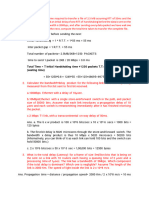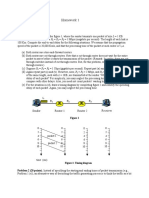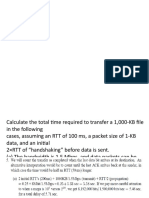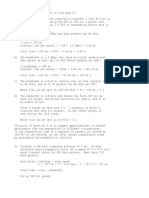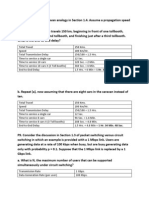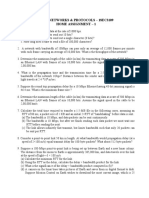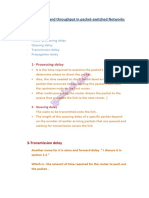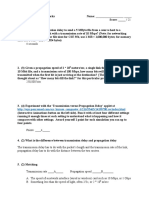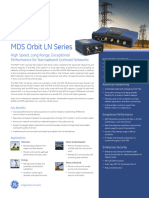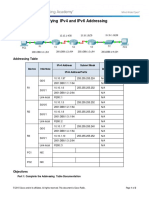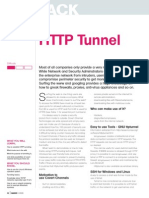0% found this document useful (0 votes)
25 views5 pagesTutorial 1
The document is a tutorial for a Computer Networks course, containing questions and answers related to latency calculations, comparisons between circuit and packet switching, and data transmission scenarios. It includes specific examples of calculating delays, queuing times, and effective data rates in various network configurations. The tutorial also addresses the bandwidth-delay product and its implications for data transmission over a direct link.
Uploaded by
Moad AreibiCopyright
© © All Rights Reserved
We take content rights seriously. If you suspect this is your content, claim it here.
Available Formats
Download as PDF, TXT or read online on Scribd
0% found this document useful (0 votes)
25 views5 pagesTutorial 1
The document is a tutorial for a Computer Networks course, containing questions and answers related to latency calculations, comparisons between circuit and packet switching, and data transmission scenarios. It includes specific examples of calculating delays, queuing times, and effective data rates in various network configurations. The tutorial also addresses the bandwidth-delay product and its implications for data transmission over a direct link.
Uploaded by
Moad AreibiCopyright
© © All Rights Reserved
We take content rights seriously. If you suspect this is your content, claim it here.
Available Formats
Download as PDF, TXT or read online on Scribd
/ 5





